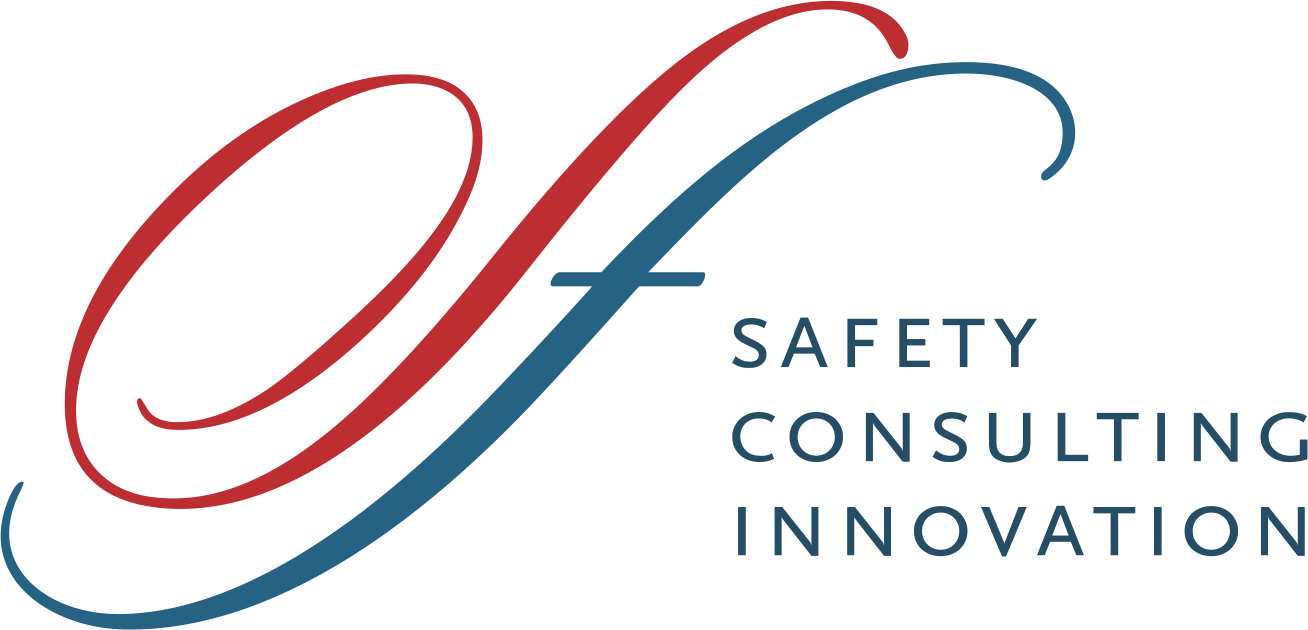|
Getting your Trinity Audio player ready...
|

In principle, REACH (Registration, Evaluation, Authorization and Restriction of Chemicals) applies to all chemical substances, not only those used in the industrial process, but also used in people's daily lives; such as cleaning products, paints, clothing items, furniture and cosmetics.
https://echa.europa.eu/regulations/reach/understanding-reach
Companies located in countries that participate in the European community are responsible for collecting information on the use and properties of substances, manufactured or imported, sold in a volume greater than one ton per year in Europe. This information is communicated to ECHA (European Chemical Agency) through the registration of a safety dossier (CSR, Chemical Safety Report) containing hazard information and risk to human, animal and environmental health. For a volume of less than one ton per year, REACH registration is not necessary, both for ingredients and finished product.
https://echa.europa.eu/regulations/reach/registration
Supply chain actors can have multiple roles. Depending on the role, the actor may have different obligations and there may be different tools and information to support them. The actors that normally participate in this supply chain are: manufacturers, importers, representatives, distributors and “downstream” users (e.g. finished product cosmetic companies). Effective communication between downstream users and suppliers at all stages within the process helps ensure that relevant information is provided across the supply chain.
https://echa.europa.eu/communication-in-the-supply-chain
When downstream users receive the SDS (Safety Data Sheet) document for a substance or its mixtures, they need to verify that what they are using is supported by ES or safe use information. of the mixture (SUMI, Safe Use of Mixture Information) attached to the SDS.
https://echa.europa.eu/regulations/reach/downstream-users
Formulators must also consider the predictable use of their mixtures by their consumers. Formulators are “downstream” users who produce mixtures and usually supply their products into the supply chain or directly to consumers. Formulators produce their products through processes that do not involve any chemical reactions. Examples of these mixtures are: paints, adhesives, cosmetics, lubricants, detergents and diagnostic kits. As the vast majority of cosmetic products exceed the volume of one ton per year in Europe, cosmetic companies must meet the criteria established by both the REACH regulation and the cosmetic regulation Regulation (EC) Nº 1223/2009, subsequently requiring information from its suppliers within the supply chain.
https://echa.europa.eu/regulations/reach/downstream-users/who-is-a-downstream-user/formulators
For this reason, as cosmetic ingredient suppliers participate in the supply chain in Europe, even selling their products in a volume of less than one ton, their customers (downstream users) end up requesting information required by REACH to prepare the “Chemical Safety Assessment” (CSA) of the substance.
- EVALUATION of PBT/vPvB PROPERTIES OF A SUBSTANCE OR MIXTURES THEREOF
According to section 4 of Annex I of the REACH Regulation which has been in force since June 1, 2007, the assessment of the property of a chemical substance or its mixtures to be persistent (P), bioaccumulative (B) and toxic (T) to living beings and the environment; as well as being very persistent (vP) and very bioaccumulative (vB), its objective is to determine whether the substance evaluated meets the criteria required in Annex XIII of the regulation.
A PBT/vPvB assessment is required for all substances for which a CSA must be conducted and reported in the Chemical Safety Report (CSR). These are, according to Article 14(1) of the REACH regulation, in general all substances manufactured or imported in quantities greater than 10 tonnes per year. However, exceptions apply, as described in Article 14(2), for substances present in a mixture in concentrations lower than 0.1% (m/m) (ECHA Guidance on Information Requirements and Chemical Safety Assessment; Chapter R.11: PBT/ vPvB assessment;
